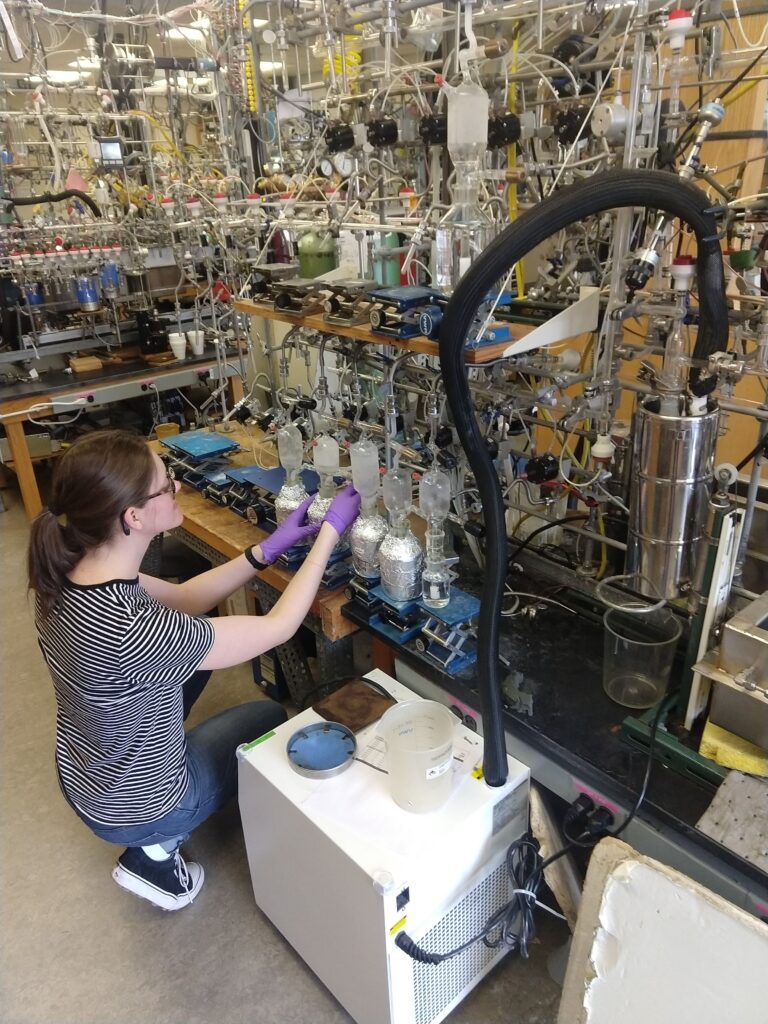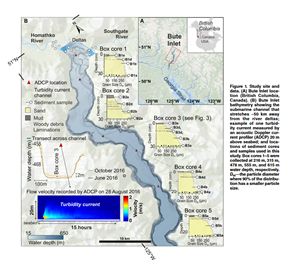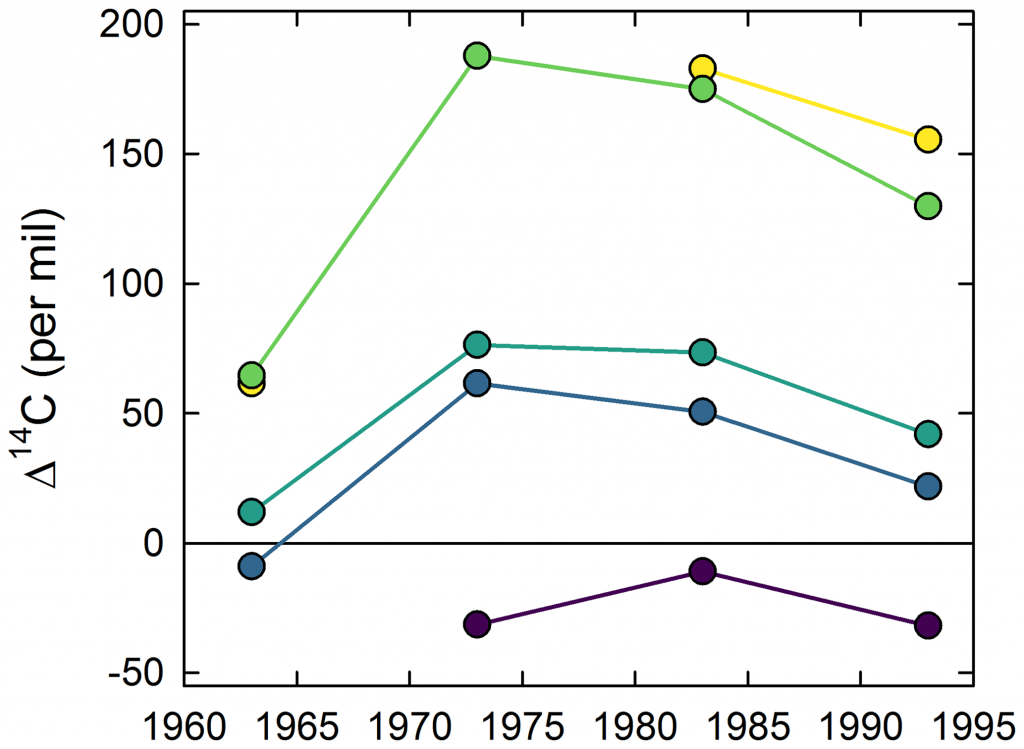News
COVID-19 Update 2
As COVID-19 cases in Massachusetts have declined, WHOI is beginning it’s phased opening plan. The institution will be open, but the campuses will still be closed and open only to those that have been approved. NOSAMS continues to be open and to operate with a partial staff in this new re-opening phase while respecting conservative physical…
Read MoreFormer NOSAMS graduate student intern publishes work on estimates of permafrost carbon emissions
Jenny Bowen, a graduate student from the University of Michigan, was awarded a graduate student internship with NOSAMS last year and worked with NOSAMS researchers, Josh Burton and Li Xu. Bowen, along with Rose Cory (University of Michigan) and Colin Ward (WHOI), investigated the radiocarbon age of carbon dioxide produced during the oxidation of permafrost…
Read MoreNew work from Sophie Hage et al. on Terrestrial OM Preservation in Sediments
Sophie Hage is a postgraduate research student studying Sedimentology within Ocean and Earth Science in the National Oceanography Centre at the Southampton at the University of Southampton. From March to June in 2018 she was a guest student here at the Woods Hole Oceanographic Institution working with Dr. Valier Galy. While here at WHOI working…
Read MoreJonathan Sanderman’s work on soils using RPO
Jon Sanderman visited the lab in 2019 to use the RPO on a series of soil profiles sampled decadally since the 1960’s. Did you know that the RPO was originally called the dirt burner? His paper is now out: Ramped thermal analysis for isolating biologically meaningful soil organic matter fractions with distinct residence times
Read MoreNew publications from two former NOSAMS guest students
Jessie Pearl started as a MIT/WHOI joint program student under Jeff Donnelly and Kevin Anchukaitis. Jessie worked with NOSAMS to do help develop reconnaissance radiocarbon dating- a method to get quick radiocarbon results at a lower cost and at a reduced precision- for organic carbon samples. She finished her PhD at the University of Arizona…
Read MoreCOVID-19 Update
NOSAMS is open and operating with minimal staff while respecting conservative social distancing as outlined by the Commonwealth of Massachusetts and WHOI policies. We are accepting and processing samples and do not expect an increase in turnaround times as a result of COVID-19. We welcome questions or comments at nosams@whoi.edu.
Read MoreThe Atlantic highlights NOSAMS in an article about nuclear weapons testing
The Atlantic writer Carl Zimmer writes about the events that lead to the radiocarbon “bomb spike”, the lasting mark it has left in this world, and how scientists are studying it. The article features work from Researcher Mary Lardie Gaylord et al. and their work on radiocarbon dating tree rings on a European beech tree…
Read MoreUnderstanding the age structure and population dynamics of harvested fish is crucial for sustainability, especially in fisheries.
Alec Lackmann et al. report on the oldest freshwater teleosts: Bigmouth Buffalo Ictiobus cyprinellus sets freshwater teleost record as improved age analysis reveals centenarian longevity
Read MoreHurricane Clues from a Caribbean Blue Hole
Scientists look to sediment cores from Caicos Island to gain insights about a monster, modern-day hurricane. Read More…
Read MoreNOSAMS staff tag along WHOI’s Geodynamics Program
Research Assistants Lily Sanborn and Mary Lardie Gaylord joined the Geodynamics program to Newfoundland, Canada to learn more about North Atlantic Climate & Civilization. They and other students explored how changes in North Atlantic ocean circulation, considered by many as the major driver of global climate, had influenced human exploration and colonization. The study tour…
Read More


